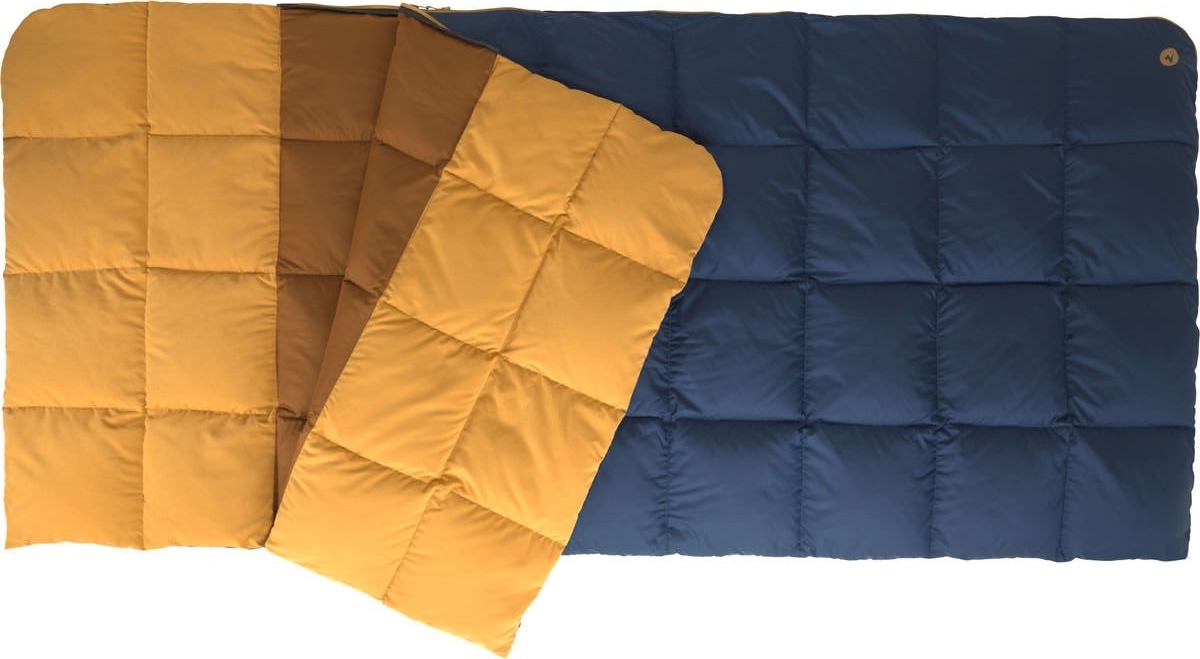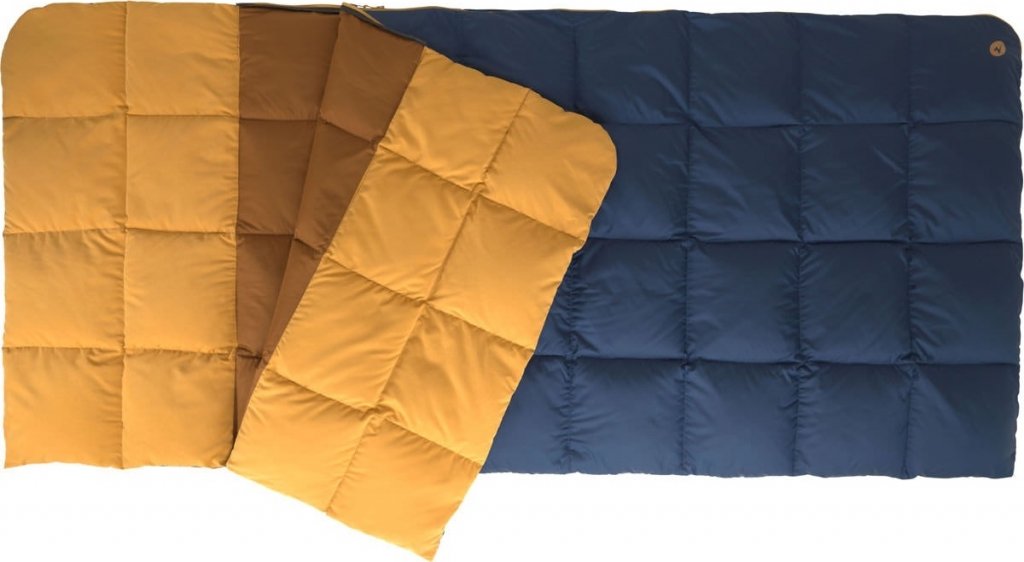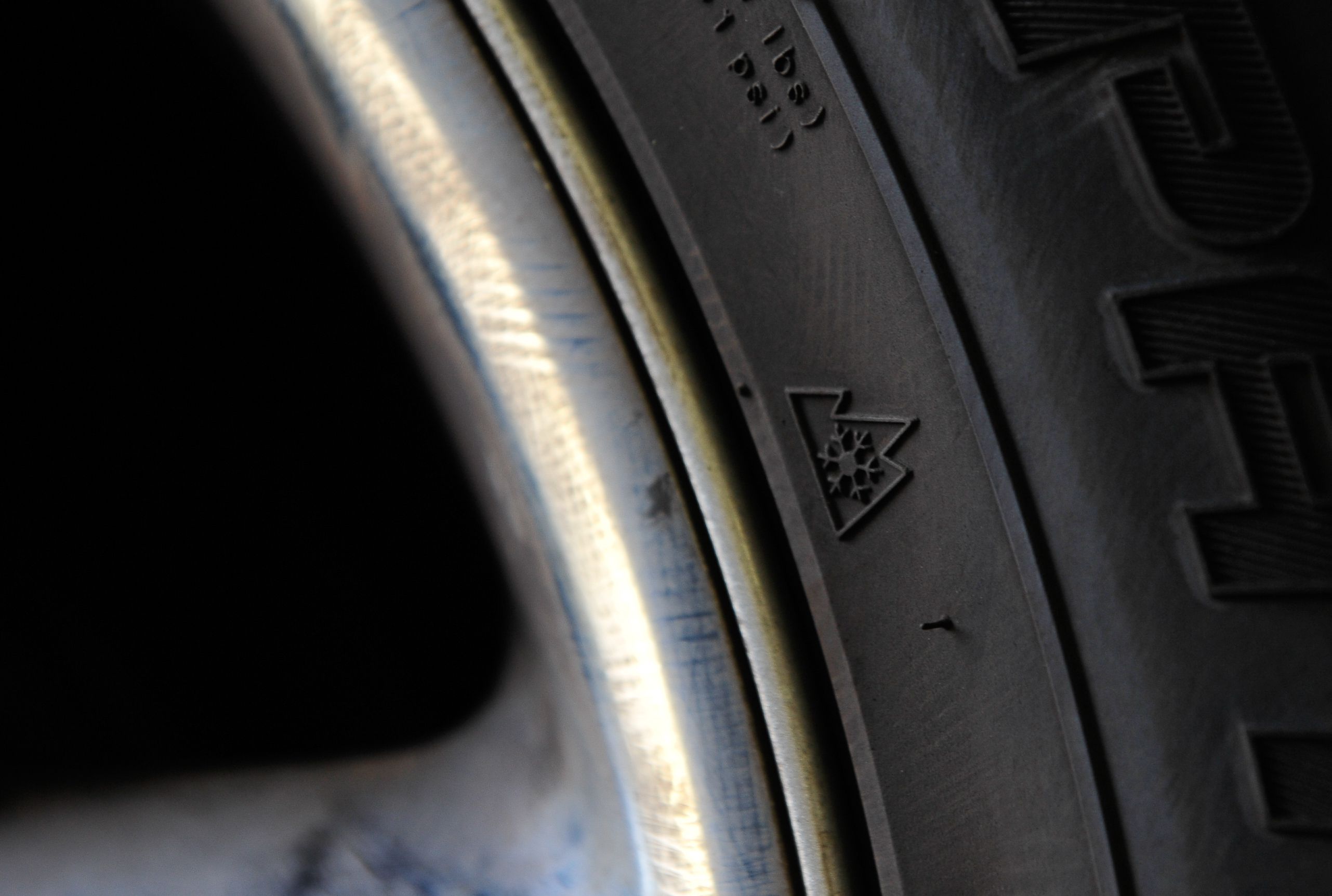Sleeping Bags: The Lowdown on Snooze Sacks

There is a very valid reason why the outdoor industry makes you sacrifice your sanity and comfort with sleeping bags, especially if you are a side sleeper, when it comes to sleeping bags made for less than 20 degrees: efficiency.

Everyone loves a rectangle bag, unless you are a masochist. Being able to stretch out, move your legs around or simply not have a panic attack from claustrophobia is a real plus when you are hoofing it outside. But when the going gets tough, and the temperatures drop, that comfy rectangle cocoon disappears as you walk the aisles, and all you can see for miles and miles is mummy type bags.
Simply put, your body is the furnace inside that bag generating the heat that keeps you warm. Minimizing the amount of air needed to be heated up by your body means that you get to hold onto that energy much more and create more warmth. Mummy type bags are fairly form fitting and insulation quality increases by reducing the amount of air inside the bag. Generally, these mummy bags, when fully zipped up, only show the mouth and the nose of the sleeper. Insulation surrounds the rest of the sleeper’s body.
That said, there are some rectangular bags that are capable of keeping you warm in extreme temperatures, but be wary as they are heavily insulated and bulky/heavy — not suited for backpacking. Look for designs from L.L. Bean, Nemo, REI, as well as others, for well-insulated rectangular bags, and if you need just a little more warmth, invest in a cozy liner, as well. Not only will it dress up the inside of your shell for max comfort, that little bit of insulation will make a big difference.
To help with choosing a well-insulated winter sleeping bag, check out the winter sleeping bag buyer’s guide in the January/February 2020 issue of Tread magazine.



